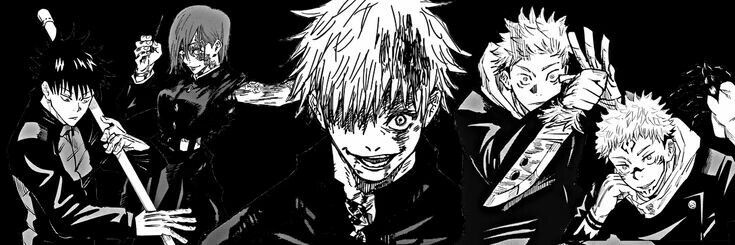The tattoo machine is the most essential tool in a tattoo artist's kit, and choosing the right one can make all the difference. Among the various options available, the rotary tattoo machine has become increasingly popular. It’s known for its versatility, precision, and ease of use.
But what exactly is a rotary tattoo machine, and why does selecting the right one matter so much? Whether you’re an experienced tattoo artist seeking an upgrade or a beginner just entering the craft, understanding the mechanics, benefits, and variations of rotary machines is crucial.
In this guide, I’ll break down everything you need to know about rotary tattoo machines. By the end, you'll be well-prepared to choose the perfect machine to suit your artistic needs and style.
How Does a Rotary Tattoo Machine Work?
Understanding how a rotary tattoo machine works is key to using it effectively:
At the heart of a rotary tattoo machine is a small electric motor.
This motor powers a rotating shaft connected to a cam wheel.
The cam wheel turns the rotary motion into a linear, back-and-forth movement.
This movement drives the needle in and out of the skin and deposits the ink.
How To Setup a Rotary Tattoo Machine?
Here's a small video you can watch for reference:
Properly setting up a rotary tattoo machine is crucial for achieving the best results and ensuring a smooth tattooing process. Whether you’re a beginner or an experienced artist, following these 8 easy steps will help you get your machine ready for work:
1. Gather Your Equipment
Before you start, make sure you have all the necessary equipment –
Rotary tattoo machine parts
Power supply and clip cord
Foot pedal
Needles
Grip
Ink caps and tattoo ink
Sterile gloves and disinfectant
2. Install the Motor
Begin by installing the motor into the machine frame. Insert the electric motor into the oval cavity of the frame. Carefully connect the thin contact pins protruding from the motor to the contact board with wiring. Secure the motor in place using the thumbscrew bolt through the center.
3. Connect the Cam Wheel and Drive Bar
Next, attach the cam wheel to the end of the motor shaft. The cam wheel converts the motor’s spinning motion into the up-and-down movement required for tattooing. Press the cam wheel securely onto the shaft. Then, insert one end of the needle drive bar into the guide hole on the cam wheel.
4. Assemble the Grip
Select the appropriate needle based on the work you’re doing — lining, shading, or coloring. Slide the needle into the grip, ensuring it’s properly aligned. Then, attach the grip to the rotary machine.
5. Connect the Power Supply
Attach the clip cord to the machine, ensuring it’s secure. Then, plug the other end of the cord into the power supply unit. Connect the foot pedal to the power supply as well. This allows you to control the machine's power with your foot.
6. Adjust the Needle Depth
Needle depth is a critical setting that determines how far the needle will penetrate the skin. Most rotary machines allow you to adjust this depth by turning the grip or adjusting a specific knob. Test the needle depth by pressing the foot pedal and making small adjustments until you’re satisfied.
7. Test the Machine
Before starting on the client’s skin, it’s essential to test the machine on a practice surface or synthetic skin. This helps ensure the needle depth, speed, and overall machine performance are set correctly. Make any necessary adjustments to improve the feel and flow of the machine.
8. Maintain a Clean Workspace
Throughout the setup process, ensure that your workspace remains sterile. Always wear gloves when handling needles and other equipment. Disinfect all surfaces before starting, and keep your machine and tools clean throughout the session.
What to Look For in a Rotary Tattoo Machine?
When selecting a rotary tattoo machine, several factors should be carefully considered to ensure you choose the ideal tool for your needs. Here are some key points you should keep in mind:
1. Type of Machine
The first thing to consider is the type of rotary machine you want:
Shader: Ideal for shading and blending, offering a smoother and more consistent output.
Liner: Designed for precise lines and intricate details, providing a sharper and more defined stroke.
Hybrid: Combines the features of both shaders and liners, offering versatility for various tattoo styles.
2. Build Quality
The build quality of a rotary tattoo machine is fundamental to its performance and durability. Look for machines made from high-quality materials like aircraft-grade aluminum, stainless steel, or medical-grade plastic.
3. Motor Power and Performance
The motor is the heart of the rotary tattoo machine, driving the needle's movement. Choose a machine with a powerful and reliable motor that provides consistent speed and torque. A good motor ensures smooth operation, reduces the risk of the machine bogging down during work, and handles different types of skin and tattoo styles with ease.
4. Weight and Ergonomics
Comfort is crucial during long tattoo sessions. Consider the weight and ergonomics of the machine. A lightweight machine reduces hand fatigue, while a well-balanced design offers better control and precision.
5. Versatility
Many rotary machines offer adjustable features such as stroke length, needle depth, and speed settings. These adjustments allow you to customize the machine for different tattooing techniques, from fine lines to shading and coloring. Look for a machine with easily accessible adjustment options.
6. Needle Compatibility
Ensure that the machine is compatible with the needle cartridges and grips you prefer to use. Some machines are designed to work with specific brands or types of needles, so it’s important to check this before purchasing.
7. Ease of Maintenance
Rotary tattoo machines are known for being low-maintenance, but it’s still important to consider how easy the machine is to clean and service. Machines with a simple design and fewer moving parts are easier to maintain, which can extend the life of the machine and ensure consistent performance.
8. Your Budget
Price is always a factor, but it’s important to balance cost with the value the machine offers. A higher-priced machine made from durable materials with a reliable motor and adjustable features is often a better investment in the long run. Consider your budget, but also think about the long-term benefits of a quality machine.
9. Brand Reputation and Reviews
Finally, consider the reputation of the brand and read reviews from other tattoo artists. A well-known brand with positive feedback is likely to offer reliable products and good customer support. Reviews can provide insights into the machine’s performance, durability, and any potential issues you might encounter.
Pro Tip: Always buy your equipment from a reputable supplier. Avoid purchasing from sites like eBay or Amazon, as they are filled with third-party sellers. Even if the machine on their website looks like the one you want, there are many knockoffs out there. For authenticity and quality, always buy from a dedicated tattoo supply site or directly from the machine company.
5 Best Rotary Tattoo Machines
After carefully considering all the factors outlined above, I’ve scoured the internet to bring you the best of the best rotary tattoo machines. These top 5 picks stand out for their quality, performance, and value, ensuring you find the perfect machine to match your needs –
Bishop Power Wand
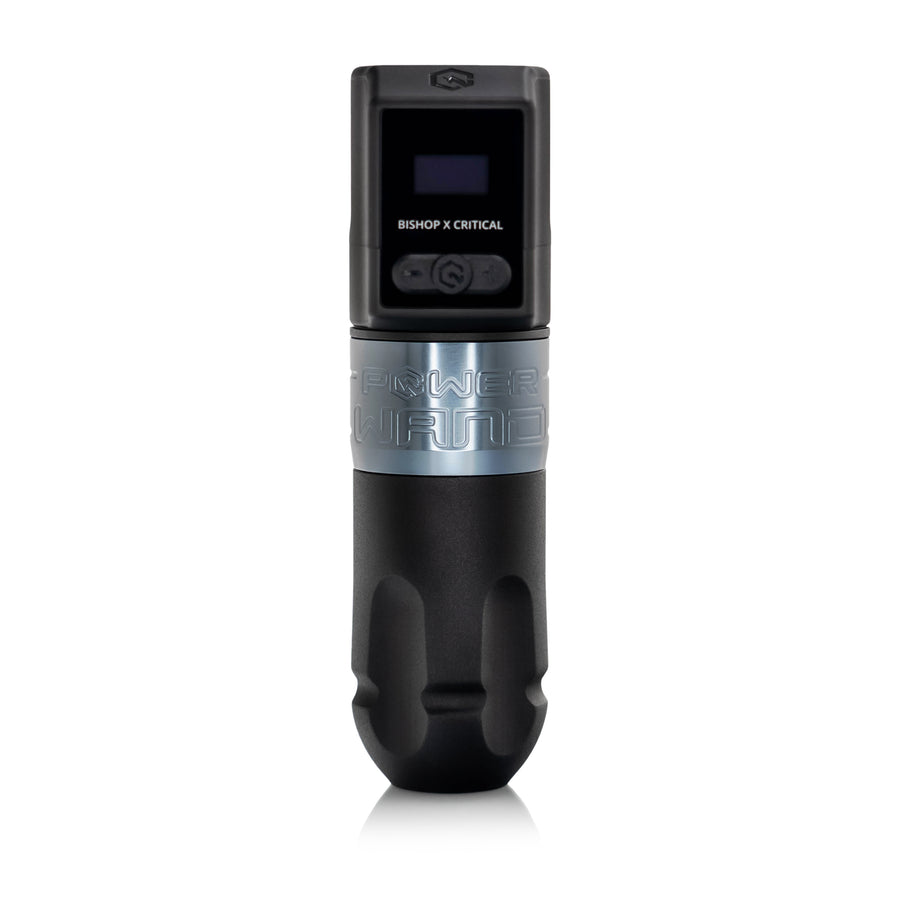
The Bishop Power Wand is a top-tier rotary tattoo machine available in three different stroke settings – a Shader (3.8 mm), a Packer (4.2 mm), and a Liner (5.0 mm). While it may be on the pricier side, the investment is well worth it for those seeking a reliable and high-quality machine.
Key features:
Wireless operation with Bishop X Critical Wireless Battery
Lightweight and portable design
Compatible with Critical Connect firmware and hardware
360-degree battery positioning
Pros:
Powerful and reliable performance
Comfortable and ergonomic design
Easy to use and maneuver
High-quality build and materials
Cons:
Relatively expensive compared to some other rotary machines
Dragonhawk Mast Fold Pro
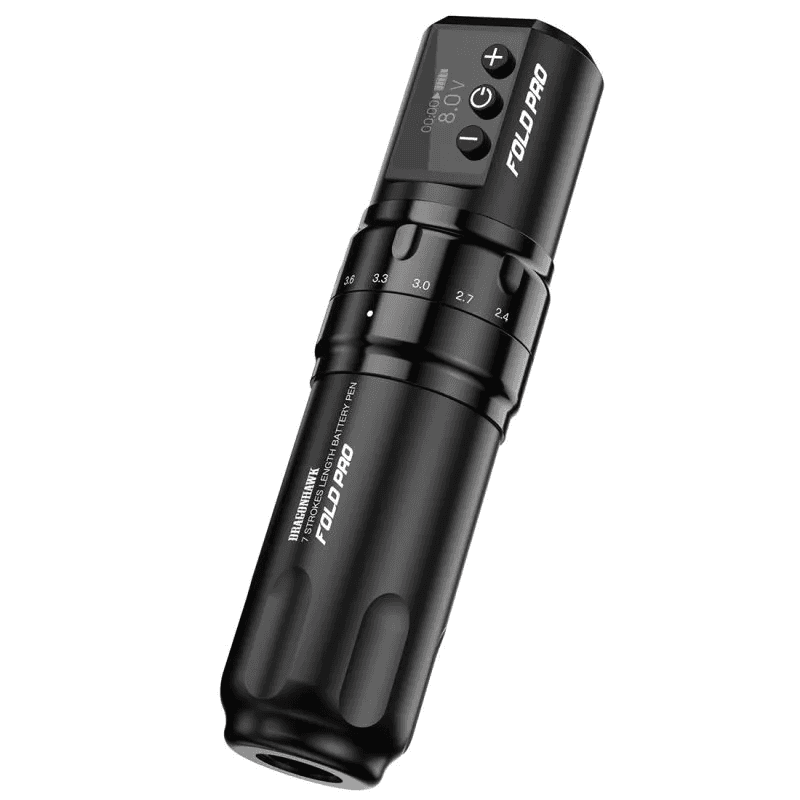
The Dragonhawk Mast Fold Pro is a reliable and affordable rotary tattoo machine that offers excellent value for beginners and intermediate artists. Its adjustable stroke length, long-lasting battery, and user-friendly interface make it a practical choice for those looking to start or expand their tattooing career.
Key Features:
Easily adjustable stroke length (7 settings: 2.4mm, 2.7mm, 3.0mm, 3.3mm, 3.6mm, 3.9mm, and 4.2mm)
High-capacity 1500mAh battery
LED screen for battery level, timing, and voltage display
Pros:
Affordable (One of the best tattoo machines available under $300)
User-friendly interface
Versatile with adjustable stroke length
Suitable for beginners and intermediate artists
Cons:
Does not have the same level of power or precision as high-end machines
Critical Torque Rotary Pen Tattoo Machine
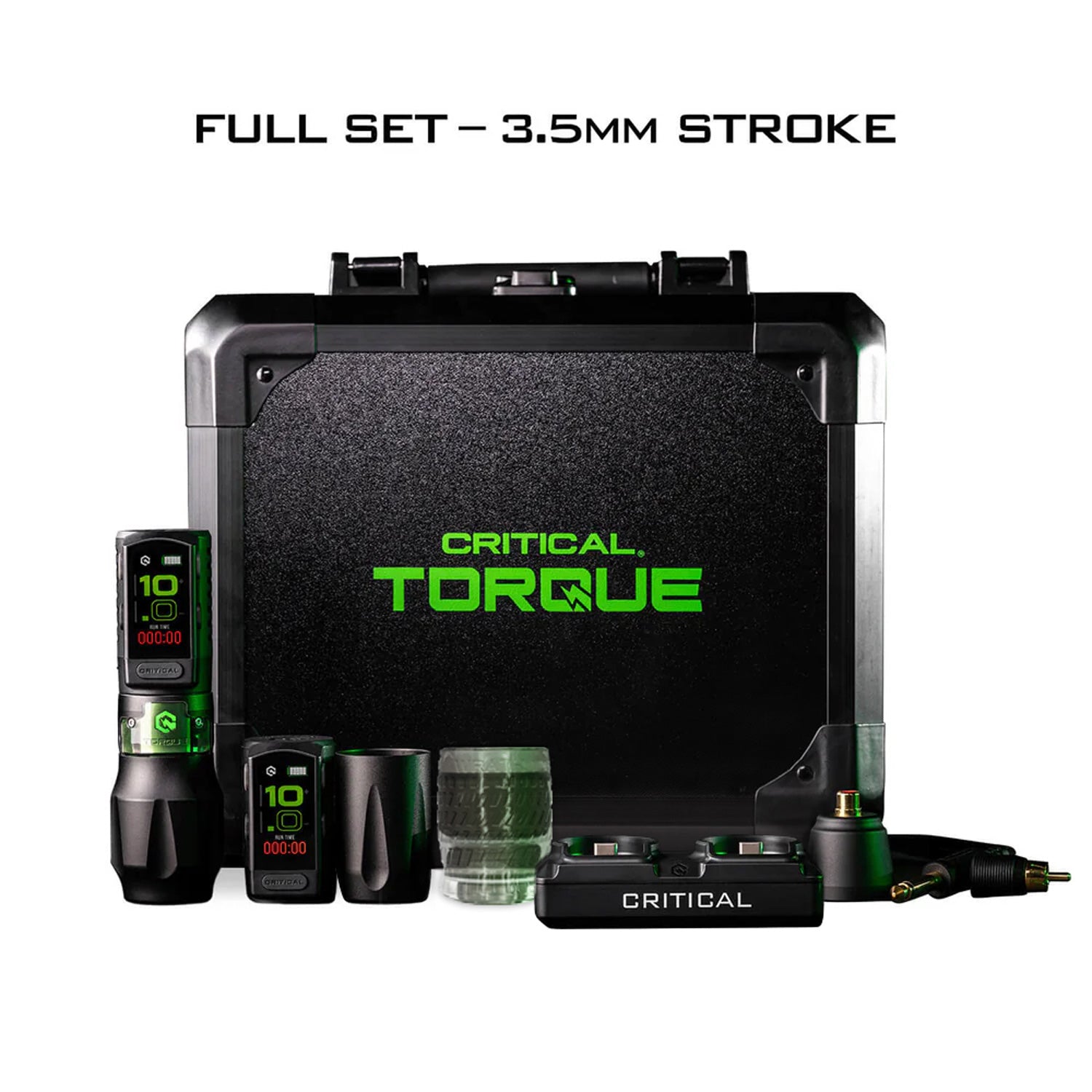
The Critical Torque Pen Machine is a high-performance rotary tattoo machine that sets a new standard for innovation and quality. Its powerful motor, precise technology, and comfortable design make it a top choice for professional tattoo artists. It is available in 3.5mm, 4.2mm, and 5.0mm Stroke.
Key Features:
Precision Strike Technology
Vibration Dampening Solution
Large color display
Bluetooth connectivity
Pros:
One of the smoothest machines available
Long-lasting battery life
Innovative features like Precision Strike Technology and Vibration Dampening Solution
Cons:
The most expensive machine featured on this list
Cheyenne Hawk Thunder/Hawk Spirit
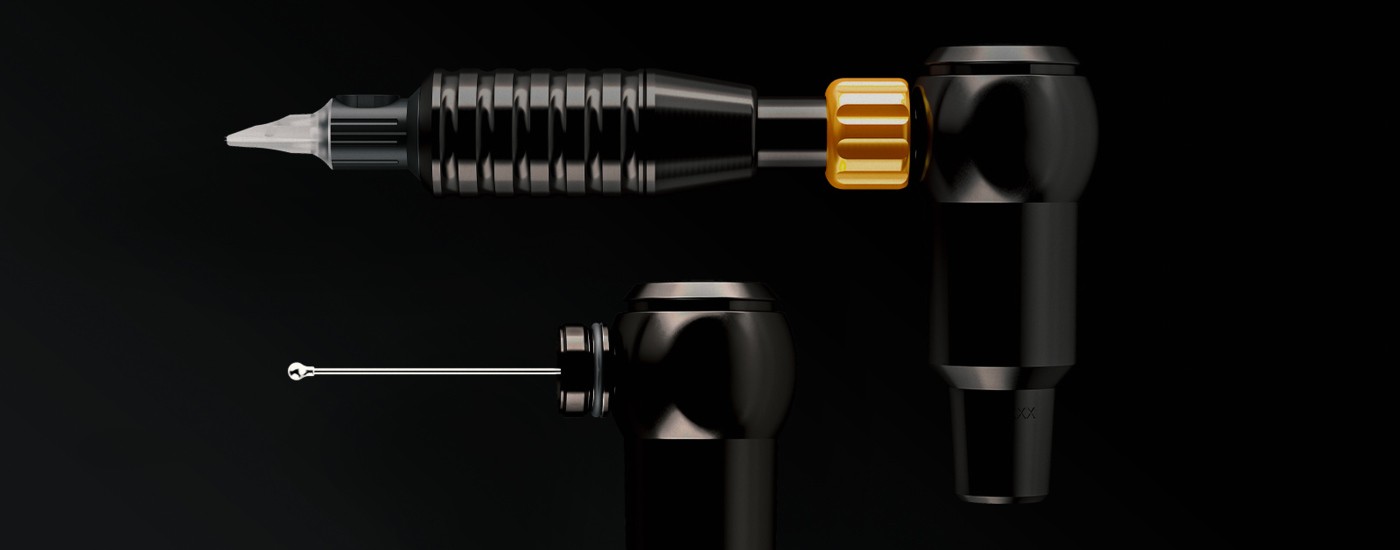
The Cheyenne HAWK Spirit and HAWK Thunder are popular rotary tattoo machines known for their reliability, precision, and comfort. The HAWK Spirit (2.5mm stroke) is ideal for soft shading and filling, while the HAWK Thunder (4.0mm stroke) is perfect for strong powered lining and color packing.
Features:
Responsive Mode for reactive hit and stitch frequency
Adjustable needle depth (0 – 4.0 mm/0 - 0.16 inch)
Movable jack connection
Pros:
Low vibration and volume minimize discomfort for both the artist and the client
Offers excellent value for the price
Cons:
Lacks some advanced features found in more premium models, such as wireless connectivity or customizable settings
Inkjecta Flite Nano Elite
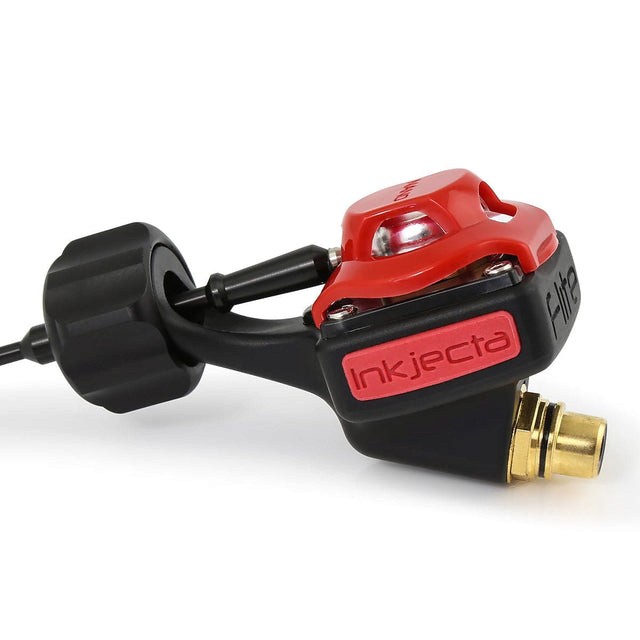
The Inkjecta Flite Nano Elite is a high-quality rotary tattoo machine that offers exceptional performance and versatility. Its powerful motor, adjustable torsion bars, and durable construction make it a reliable choice for professional tattoo artists, especially those on a budget of around $500.
Pro Tip: The machine originally comes with a 3.25 mm cam, but you can enhance its versatility by purchasing the Injecta X1 and Nano Cam Pack separately (approximately $75). This pack includes 2.5mm, 3.0mm, 3.5mm, and 4.0mm cams, allowing you to use the machine as a liner, shader, or packer. The cam swap takes only a minute and doesn't require machine disassembly.
Key Features:
Powerful motor with nanotechnology
Patent-pending torsion bar give system with four adjustable settings
Pros:
The adjustable torsion bars and cam options allow for customization to suit various tattoo styles
The aluminum housing and high-quality construction ensure long-lasting performance
With an operating voltage range of 4.5 - 18 Volts, it accommodates various different artists and hand speeds
Cons:
The standard 3.25mm cam is not ideal for lining without purchasing the Nano Cam Pack.
Frequently Asked Questions
Question: Which is better, a rotary or coil tattoo machine?
Answer: The choice between coil and rotary tattoo machines often comes down to personal preference, tattooing style, and individual comfort. If you're new to tattooing or prefer a smoother, quieter experience, a rotary machine might be a better option. If you're looking for maximum power and precision, a coil machine could be more suitable.
Question: How many volts does a rotary tattoo machine use?
Answer: If you’re holding a tattoo machine for the first time it can be very confusing trying to figure out what voltage to run it on. The voltage you use will depend on several factors, including the type of work you're doing (linework or shading), your hand speed, and the specific machine you're using.
Linework vs. Shading: Generally, linework requires a higher voltage than shading. This is because linework demands more power to create crisp and defined lines.
Hand Speed: Your tattooing technique and hand speed can also influence the voltage you need. If you have a faster hand speed, you might require a slightly higher voltage to maintain consistent ink flow.
Machine Specifications: Consult your machine's manual for recommended voltage ranges. Different models may have specific voltage requirements.
In general rotary machines typically operate efficiently between 6 and 8 volts.
Pro Tip: Start with a lower voltage and gradually increase it as needed. Experiment and find your sweet spot by practicing on different surfaces to determine the ideal voltage for your style and preferences.
Question: Do you need to tune a rotary tattoo machine?
Answer: Yes, you do. Although rotary tattoo machines are ready to use out of the box, it's important to tune them to ensure optimal performance. Tuning involves adjusting the machine's components. For a rotary tattoo machine, you need to tune the needle depth according to your needs. Additionally, every machine requires a different voltage, which can be adjusted using the instruction manual.



